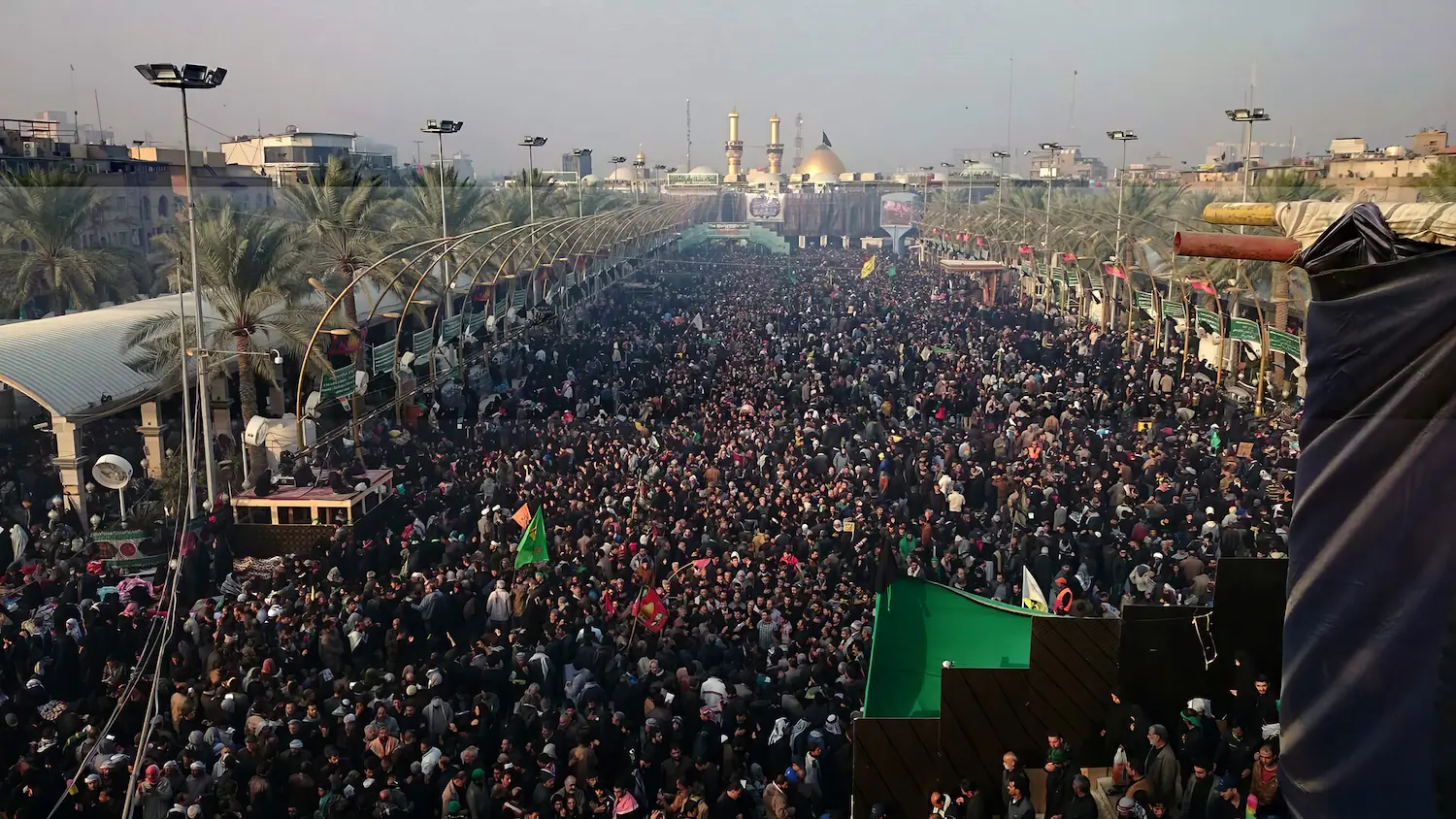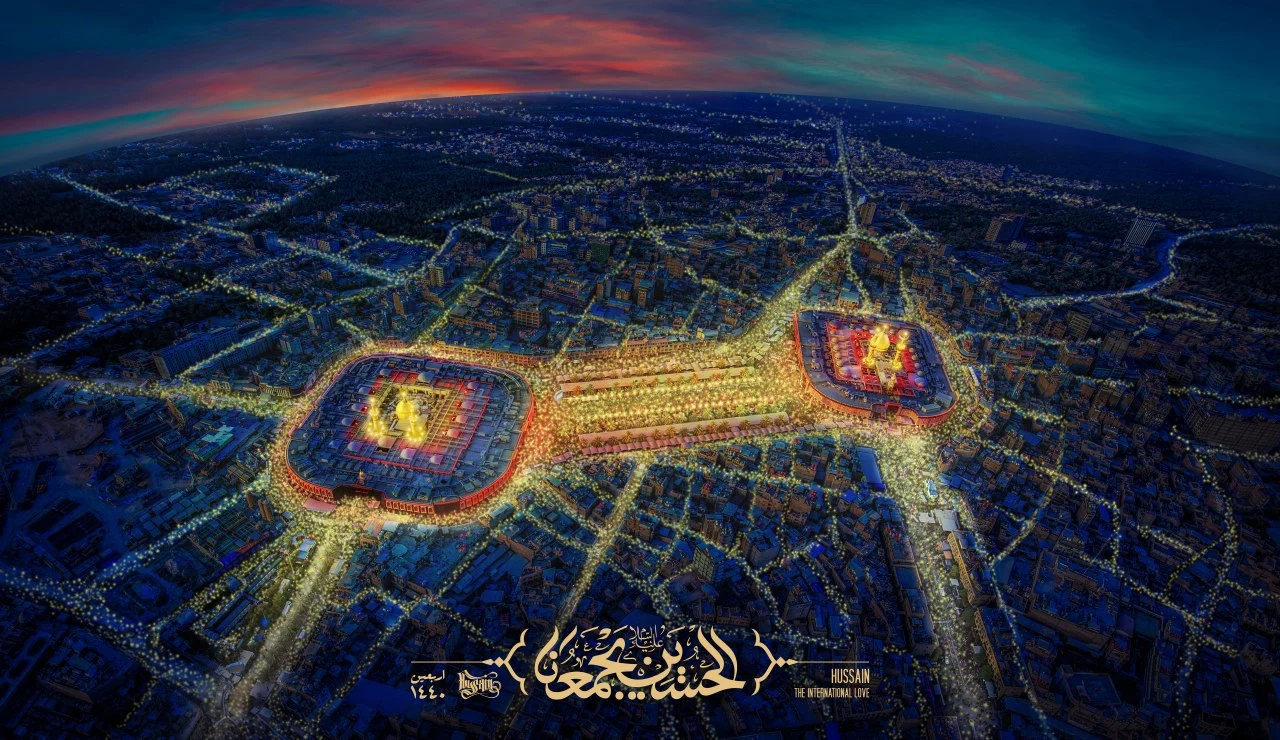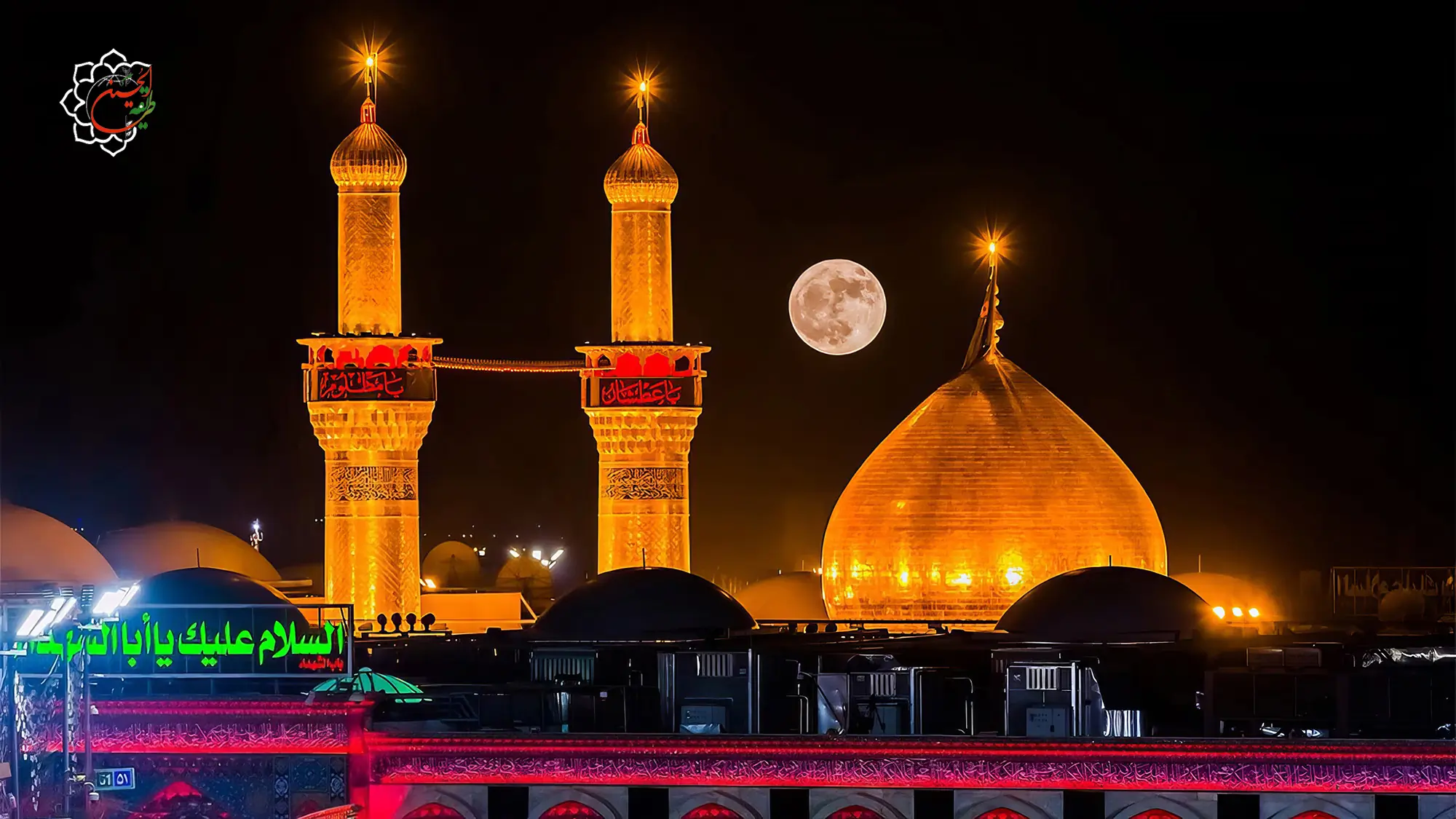The largest Human Gathering
- rahnamaWeb
- Articles

The Largest Human and Religious Gathering in the World
The Arbaeen pilgrimage is one of the largest religious events in the world, held every year in the days leading up to the 20th of Safar in the Islamic calendar. This religious procession is in remembrance of Imam Hussein (AS) and the tragedy of Ashura, and it holds special significance for Shia Muslims. Millions of people walk 80 kilometers from Najaf to Karbala with hearts full of love and devotion to visit the shrine of Imam Hussein (Peace be upon him).
While countries such as Iraq and Iran have the largest participation, in recent years, Arbaeen has attracted pilgrims from various countries, including Pakistan, India, the UK, the US, Australia, and many others. The participation of non-Muslims and even Sunni Muslims highlights the spirit of unity and brotherhood present in the event.
History and Origins of the Arbaeen Pilgrimage
The tradition of the Arbaeen pilgrimage has been observed not only since the time of Imam Hussein (AS) but also during the reigns of the Umayyad and Abbasid dynasties. The first pilgrims to the shrine of Imam Hussein (AS) were Jabir ibn Abdullah Al-Ansari, who visited Karbala on Arbaeen, and this practice has continued among Shia Muslims ever since.
Despite the restrictions and prohibitions imposed during the reign of Saddam Hussein, the pilgrimage was revived after the fall of the Baath Party in 2003. The number of pilgrims has increased annually, and today, it is recognized as the largest religious gathering in the world, with over 22 million participants in 2023, and the numbers continue to grow.
Arbaeen Pilgrimage: More Than Just a Religious Journey
The Arbaeen pilgrimage is more than just a religious journey. It is filled with symbols and deep meanings. Among the key aspects of this pilgrimage are “Hosseh-Khani” (chanting of poetic verses) and the hospitality extended to pilgrims. “Hosseh-Khani” in Iraq is a form of chanting that expresses courage and sacrifice, and it is sung along the route by pilgrims to inspire them to complete their journey with dignity and respect.
The “Mawkebs” (large tents) are also an important part of the event. These tents, set up along the pilgrimage route, especially in Iraq, provide rest and offer free food, tea, water, and other services to pilgrims.
Arbaeen Pilgrimage: A Deep Connection with Faith and History
The Arbaeen pilgrimage, according to a narration from Imam Hassan Askari (Peace be upon him), who said: “The Arbaeen visit is one of the signs of a true believer,” has become a key symbol of Shia faith. It represents a renewal of the covenant with Imam Hussein (AS) and a belief in principles such as sacrifice, selflessness, and resistance against oppression.
The Arbaeen pilgrimage has transcended a simple religious event, evolving into a global movement where individuals of all religions and sects gather with a common goal: honoring the position of Imam Hussein (AS) and celebrating human values. Each year, over 22 million people participate, and this number continues to rise.
Conclusion
The Arbaeen pilgrimage is not just a religious event; it is a symbol of solidarity, unity, and the deep bond between people. Held every year in Karbala, it is the largest religious procession in the world, bringing Shia Muslims together from across the globe. Over time, the event has come to represent love for Imam Hussein (AS) and adherence to humanistic principles. During Arbaeen, Muslims from all tribes, nations, and languages walk together with hearts full of love and devotion for Imam Hussein (AS).
History of the Arbaeen Pilgrimage
The Arbaeen pilgrimage has been a common practice among Shia Muslims since the time of the Imams (AS), primarily focusing on commemorating Imam Hussein (AS) and his companions’ martyrdom in Karbala. Over time, the event has faced challenges, from restrictions during the Abbasid and Umayyad reigns to harsh limitations during Saddam Hussein’s regime. However, after the fall of the Baath Party in 2003, the pilgrimage was revived, and millions of pilgrims from various countries now participate each year.
Spiritual and Cultural Significance of the Arbaeen Pilgrimage
Imam Hassan Askari (AS) called the Arbaeen visit one of the signs of a true believer. The pilgrimage, which starts from different routes in Iraq and Iran, ultimately leads to Karbala, where the faithful visit the sacred shrine of Imam Hussein (AS). Along the way, pilgrims rest at “Mawkebs,” where they are given food and engage in prayers and mourning rituals for Imam Hussein (AS).
Routes and Distance of the Arbaeen Pilgrimage
The main route of the pilgrimage stretches about 80 kilometers from Najaf to Karbala, typically completed in two to three days. There are other routes, such as “Tariq Al-Ulama,” which passes through palm groves alongside the Euphrates River, used by some pilgrims. Many Iranian pilgrims begin their journey from Iran, entering Iraq through the Shalamcheh or Mehran border crossings.
Traditions and Customs of the Arbaeen Pilgrimage
There are unique customs and rituals along the Arbaeen pilgrimage route that make the event exceptional. One such custom is “Hosseh-Khani,” a form of chanting that encourages strength and resolve. Pilgrims throughout the route mourn Imam Hussein (AS), and each participant experiences a sense of closeness and devotion to their Imam.
Hospitality at the “Mawkebs”
Along the pilgrimage route, “Mawkebs” or service tents are set up by the people of Iraq. These tents, independent of government involvement, offer a variety of services to pilgrims, including food, water, resting areas, and medical care. This hospitality exemplifies the religious and human solidarity among the people.
Figures and Statistics of the Arbaeen Pilgrimage
Why the Arbaeen Pilgrimage?
The Arbaeen pilgrimage is not merely a religious event; it represents the devotion and love for Imam Hussein (AS) and his teachings. The procession symbolizes sacrifice, resistance, and dignity, with messages that go beyond geographic and religious boundaries. Pilgrims, enduring the hardships of the journey, ultimately reach Karbala to join other Muslims and even followers of other faiths, speaking of their love for Hussein (AS) and emphasizing Islamic unity.
Conclusion
The Arbaeen pilgrimage is more than a religious gathering; it has become a symbol of love and unity among Muslims worldwide. This event holds profound significance not only religiously but also culturally and socially, impacting various communities. Every year, on Arbaeen, this grand movement reminds the world that Imam Hussein’s (AS) message is still alive, and that love for him can bring unity and solidarity to a world torn by division and conflict.



